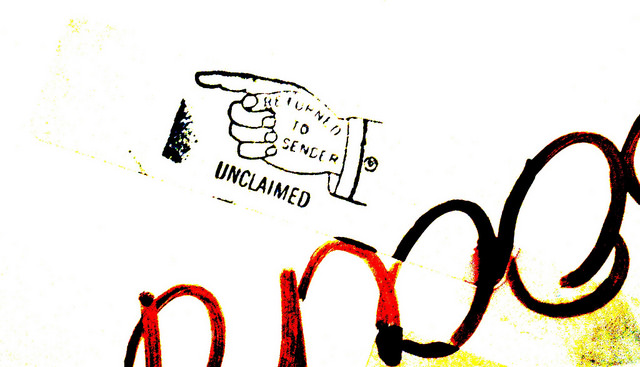In February 1945, John Gunther sat at Fiorello La Guardia’s elbow for eight hours and 20 minutes and watched him work. Gunther was a famous journalist. La Guardia was New York’s mayor and was even more famous—a short, profane whirling dervish of energy and ideas.
La Guardia did not disappoint. As Gunther watched, the mayor made decisions in machine-gun fashion, riffling through letters and reports on his desk, barking at his three secretaries, interrogating subordinates. He even found time to hold a press conference while seated at his desk.
No item, it seemed, was too small for La Guardia’s attention. When the president of the New York Board of Education dropped by, he grilled her about lunchroom decorum, personnel transfers (he told her he would handle one of them personally), and pay raises. They argued a while about whether an administrator should get a $500-a-year raise . . . or a $1,000 raise. At La Guardia’s insistence, he got $500.
Gunther was stunned. As he wrote later, “Mr. La Guardia really runs the entire machinery of New York City, in all its dazzling complexity, singlehandedly.”
Some regard Fiorello La Guardia as America’s greatest mayor ever. Maybe, but he was a terrible manager. If you are a mayor, agency director, or someone managing a complex civic project, think carefully about La Guardia’s management style—and then run from it as fast and far as possible.
That’s because La Guardia was what we would call today a “micromanager,” and by inserting himself into so many decisions he undermined those who worked for him. In short, we don’t need mayors or top administrators to be involved in minutia. We need them to make strategic decisions that bring major results.
So consider this two-part test next time you’re handed an issue: Can this decision be made at a lower level by those who will be directly involved in its implementation? And if the decision is made at that level, is it likely to affect other interests? If the answer to the first question is yes and the answer to the second is no, then your response should be, “That’s for you to decide.” If the answer to the second question is yes, your response should be: “Pull together a group to make this decision and make sure these people are involved.” Have a nagging sense that something might go wrong? Then add: “And when you reach a decision, run it past me.”
Pushing decision making to the appropriate level is one of the most important things a manager can do for three reasons. First, all things being equal, it will result in better decisions. Believe it or not, teachers and cafeteria workers know more about lunchroom decorum than mayors. It makes sense, then, to have those closest to decisions—especially those who’ll implement them—involved in the solutions.
Second, it forces you to think about decision making as a process and not just an act. And the more you think about the process, the better you can teach it to others. As you push decisions down, remind your managers of how good decisions are reached: with the right information, the right people, the right decision-making processes. Show them how to keep discussions open and frank, to consult widely about possible solutions, and to consider testing solutions before fully implementing them.
Finally, pushing decisions down puts the emphasis where it should be, on hiring and training the right people. You cannot run a driver’s license bureau, a downtown redevelopment project, or the entire government of New York City by yourself. But you can, over time, staff it with good managers who’ll make good decisions because they learned how to do so . . . from you.
A version of this posting appeared on the Governing website.
Photo by Bill Smith licensed under Creative Commons.

